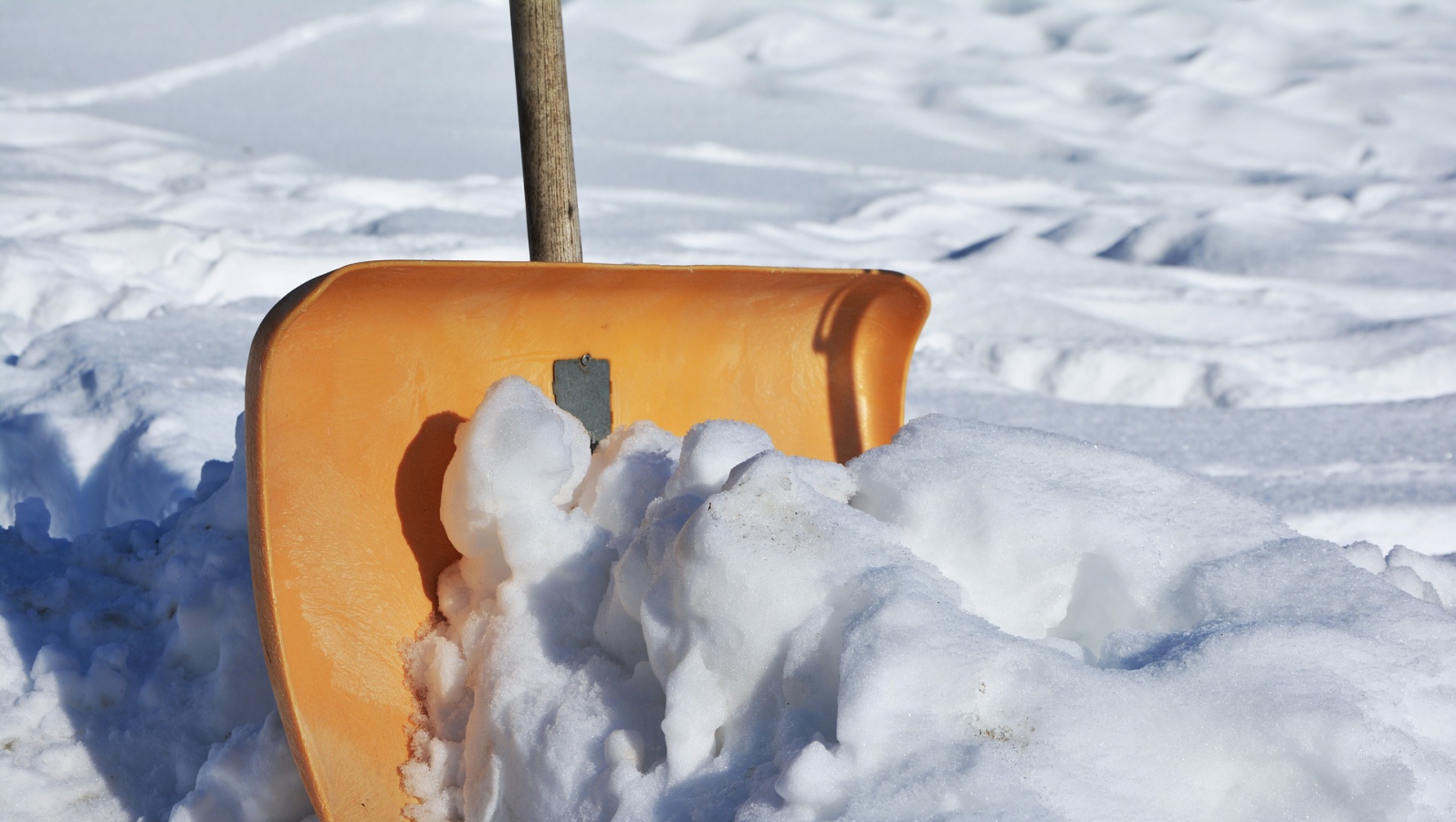De-icing and snow removal

Principle
It is sometimes necessary to use salt (NaCl) to keep roads usable and safe under snowy and icy weather conditions. This practice has environmental consequences.
Explanations
When salt is spread on a road surface it runs off into the surrounding land, with harmful effects on soil, waterways and plants. It is advisable to keep salt spreading to a minimum, treating only where necessary (steep slopes, pedestrian walkways), and to use alternative methods.
Implementation
There are low-impact alternatives to using salt:
- manual snow shovelling
- ISO type I ecolabel certified de-icing products
- wood chips
- sand/gravel
- pozzolan
- ash
- electric blower
Write up a procedure to keep roadways safe in case of ice conditions.
Costs
Wood chips, pozzolan and sand are slightly more expensive than salt, reinforcing the incentive to keep their use to a strict minimum.
Electric blower use is costly.
Benefits
No consequences for fauna and flora
Salt must be spread two to three times a day, while other methods have more long-lasting effects.
Constraints
Physical effort for manual snow shovelling